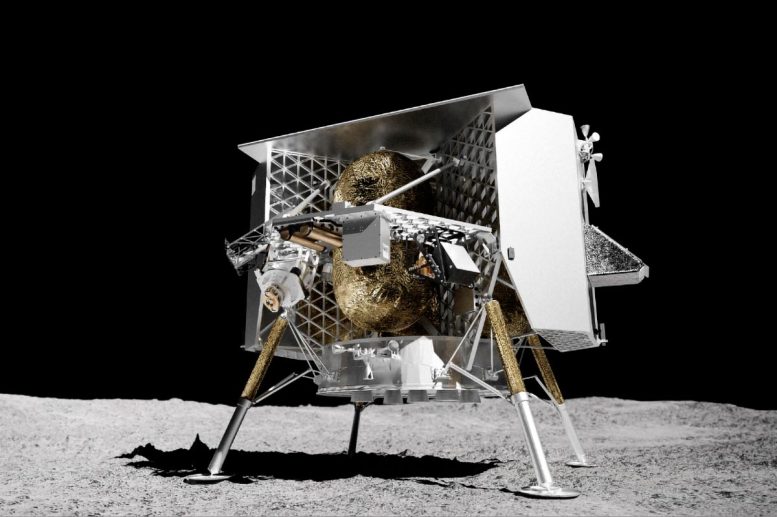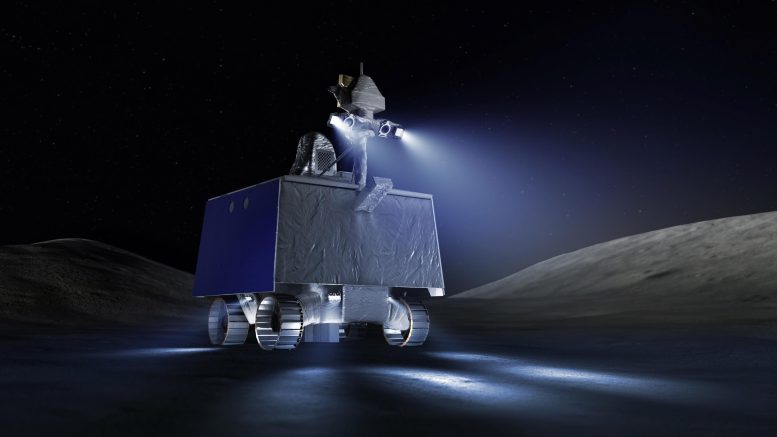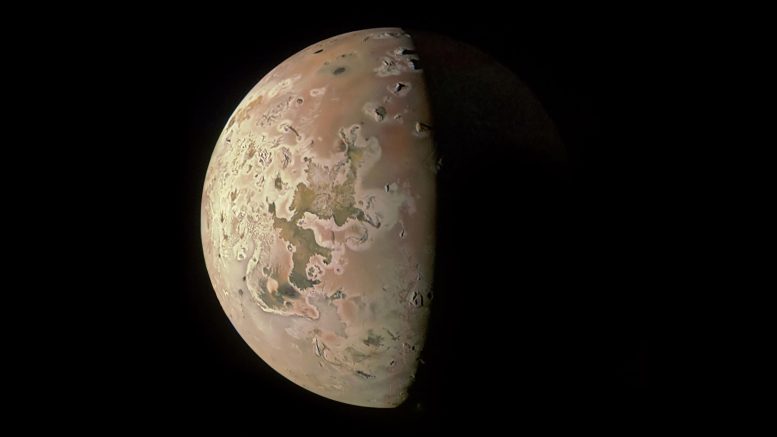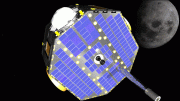
Peregrine is Astrobotic’s small-class lunar lander. It is poised to carry out one of the first commercial missions to the Moon, and be among the first American spacecraft to land on the Moon since the Apollo program. Credit: Astrobotic Technology
The first Artemis robotic launch to the Moon …
An Artemis lunar robotic rover is halfway built …
And an up-close look at a volcanic moon …
A few of the stories to tell you about – This Week at NASA!
The First Commercial Robotic Launch to the Lunar Surface
United Launch Alliance and Astrobotic are currently targeting no earlier than January 8 for the launch of Astrobotic’s Peregrine lunar lander to the Moon. NASA payloads aboard the lander aim to help the agency develop capabilities needed to explore the Moon under Artemis.
This is the first commercial robotic launch to the Moon’s surface as part of our CLPS initiative and Artemis program.

An artist’s concept of the completed design of NASA’s Volatiles Investigating Polar Exploration Rover, or VIPER. VIPER will get a close-up view of the location and concentration of ice and other resources at the Moon’s South Pole, bringing us a significant step closer to NASA’s ultimate goal of a long-term presence on the Moon – making it possible to eventually explore Mars and beyond. Credit: NASA/Daniel Rutter
The team building NASA’s VIPER lunar rover is about halfway through the build. The mobile robot will land at the South Pole of the Moon in late 2024 to search for ice and other potential resources.
The critical information it provides will teach us about the origin and distribution of water on the Moon and help determine how we can harvest the Moon’s resources for future human space exploration.

This image revealing the north polar region of the Jovian moon Io was taken on October 15 by NASA’s Juno. Three of the mountain peaks visible in the upper part of image, near the day-night dividing line, were observed here for the first time by the spacecraft’s JunoCam. Credit: Image data: NASA/JPL-Caltech/SwRI/MSSS, Image processing by Ted Stryk
NASA’s Juno spacecraft recently flew by Jupiter’s moon, Io. The spacecraft captured imagery and other data as it passed about 930 miles above the surface of the most volcanic world in our solar system.
This was the closest flyby of Io that any spacecraft has made in over 20 years. For more about Juno, go to nasa.gov/juno.
While stationary for two weeks during Mars solar conjunction in November 2023, NASA’s Curiosity rover used its front and rear black-and-white Hazcams to capture 12 hours of a Martian day. The rover’s shadow is visible on the surface in these images taken by the front Hazcam. Credit: NASA/JPL-Caltech
While stationary during Mars solar conjunction, NASA’s Curiosity rover on Mars captured a 12-hour sequence showing its own shadow moving across the planet’s surface. Plasma from the Sun can interfere with radio communications during Mars solar conjunction, so missions hold off on sending commands to Mars spacecraft during that time.
That’s what’s up this week @NASA.









Be the first to comment on "This Week @NASA: The First Artemis Robotic Launch to the Moon, Jupiter’s Volcanic Moon Close Up"